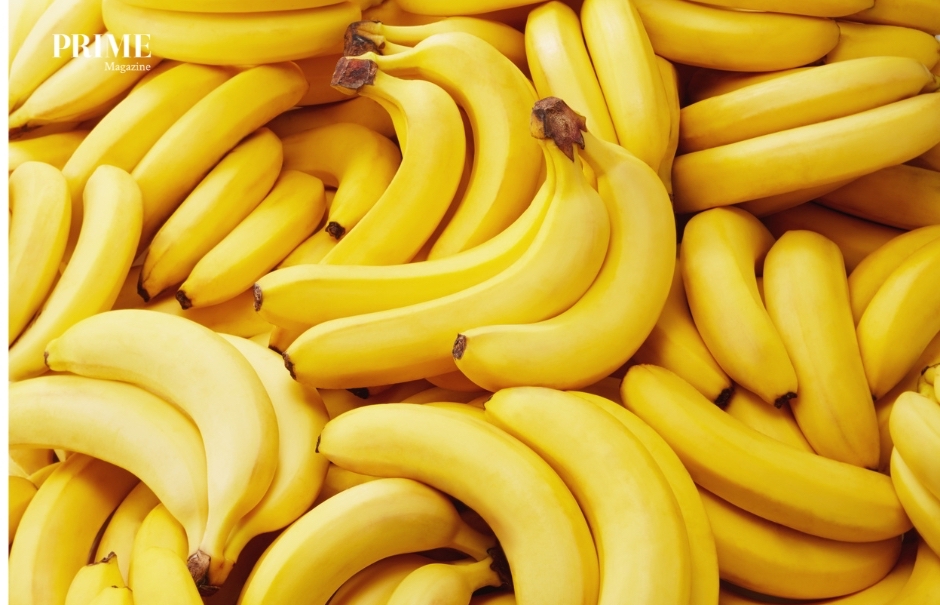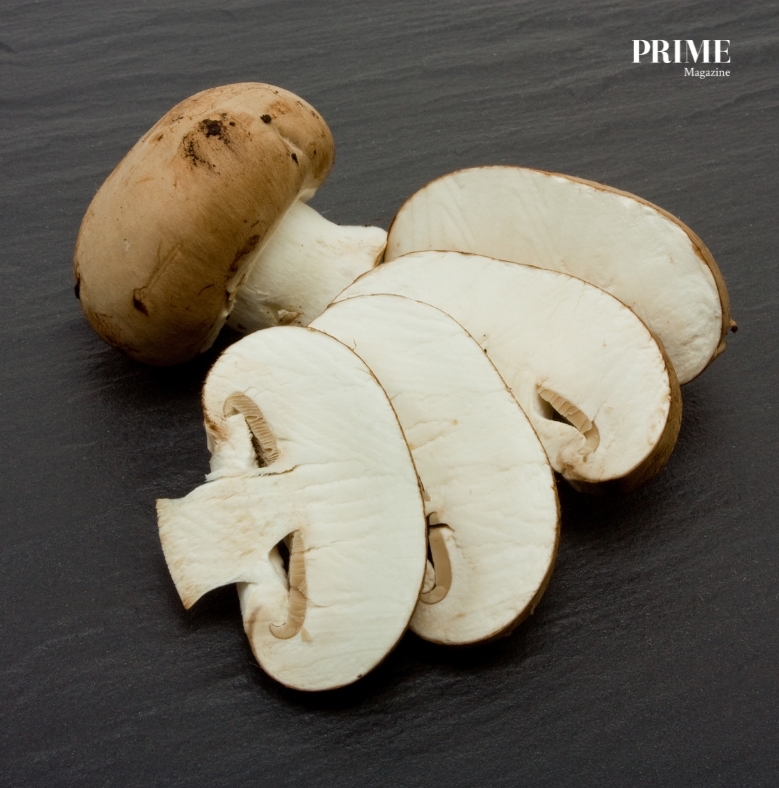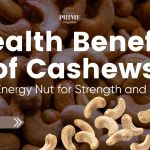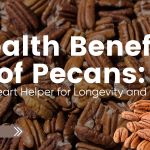The nutritional benefits of organ-shaped foods can be both surprising and delightful to learn about. These foods look like different parts of the human body, and many of them contain nutrients that support the organs they resemble. Because of this, they offer a fun, visual way to understand how everyday foods can help your health. As you explore the examples below, you will notice how simple ingredients can fit naturally into a balanced lifestyle.
Kidney Beans — A Food That Looks Like the Kidneys

Kidney beans
Kidney beans share the curved shape of the kidneys, and they offer several helpful nutrients. For instance, they contain a generous amount of fibre. This fibre supports smooth digestion and may help lower cholesterol over time. As a result, better heart health can also support the small blood vessels that keep the kidneys working well.
In addition, kidney beans supply plant protein, potassium, magnesium and phosphorus. These minerals help muscles, nerves and blood vessels function smoothly. Although kidney beans suit most individuals, anyone with kidney concerns may need to limit their intake. Because these beans contain minerals the kidneys must process, eating too much can place extra pressure on this organ.
Avocado — A Food Shaped Like the Womb

Avocado
The avocado has a rounded shape that resembles the womb. Although this shape is simply a visual link, the fruit offers meaningful support for reproductive health. For example, avocados contain healthy fats that help the body absorb vitamins. This process supports steady hormone function and general tissue health.
Folate in avocados also plays an important role in cell growth. It supports healthy development during the early stages of pregnancy. Furthermore, vitamin E in avocados helps protect cells from stress. When these nutrients work together, they add gentle support to the body’s natural processes.
Banana — A Food That Looks Like a Smile

Bananas
Bananas curve like a smile, and they may help lift your mood in simple ways. They contain vitamin B6, which helps the body process tryptophan. As a result, tryptophan can support the production of serotonin, a chemical linked to steady emotions. This effect is not direct, yet it offers a gentle nudge toward balance.
In addition, bananas provide natural sugars that offer quick, steady energy. Many people enjoy bananas as a snack because they are easy to carry, sweet and satisfying. These qualities make them a cheerful addition to your daily diet.
Sweet Potatoes — A Food Shaped Like the Pancreas

Sweet potatoes
Sweet potatoes have a shape that resembles the pancreas, and they offer helpful nutrients that support stable energy. For instance, their fibre slows digestion. This helps prevent sudden spikes in blood sugar and allows energy to release more gradually. As a result, sweet potatoes can help individuals feel full and satisfied for longer periods.
These root vegetables also contain beta-carotene and antioxidants. Both nutrients help protect cells from everyday stress. Whether baked, steamed or mashed, sweet potatoes remain a reliable, comforting food choice. Because they fit into many dishes, they make it easier to enjoy the nutritional benefits of organ-shaped foods without much effort.
Red Wine — A Drink That Resembles Blood

Red wine
Red wine has a deep, rich colour that resembles blood. Although this is a visual link, the drink contains polyphenols that may support heart and blood vessel health. These compounds help reduce inflammation and support smooth blood flow.
Moderation is essential, because too much alcohol harms the body. However, some individuals choose to enjoy a small amount with meals. This balanced approach lets them appreciate the flavour while keeping health in mind.
Mushrooms — Foods Shaped Like Ears

Mushrooms
A sliced mushroom looks like the shape of an ear. This humble food can support bone health because some mushrooms contain vitamin D. This nutrient helps the body maintain strong bones, including the small bones in the ear that assist with hearing.
Mushrooms also offer fibre, minerals and a savoury flavour. They blend well with soups, stir-fries and salads, which makes them easy to enjoy often. Because they are low in calories, they fit nicely into many eating patterns.
Celery — A Food That Mirrors Bone Structure

Celery
Celery resembles long, straight bones, and it contains nutrients that support bone strength. For instance, celery offers vitamin K. This vitamin helps the body use calcium, which plays a key role in maintaining strong bones. In addition, celery contains small amounts of magnesium and other helpful minerals.
Its crisp texture and fresh taste make celery a simple snack or a bright addition to soups and salads. Although it does not replace medical care, it contributes to a diet that supports long-term bone health.
Why These Food Shapes Still Matter
The nutritional benefits of organ-shaped foods do not come from their shapes, yet the shapes offer a memorable way to learn about healthy eating. These foods contain fibre, antioxidants, vitamins and minerals. Each one supports a different system in the body in a natural, gentle way. Because they are easy to include in daily meals, they help you build habits that support lasting well-being. PRIME











